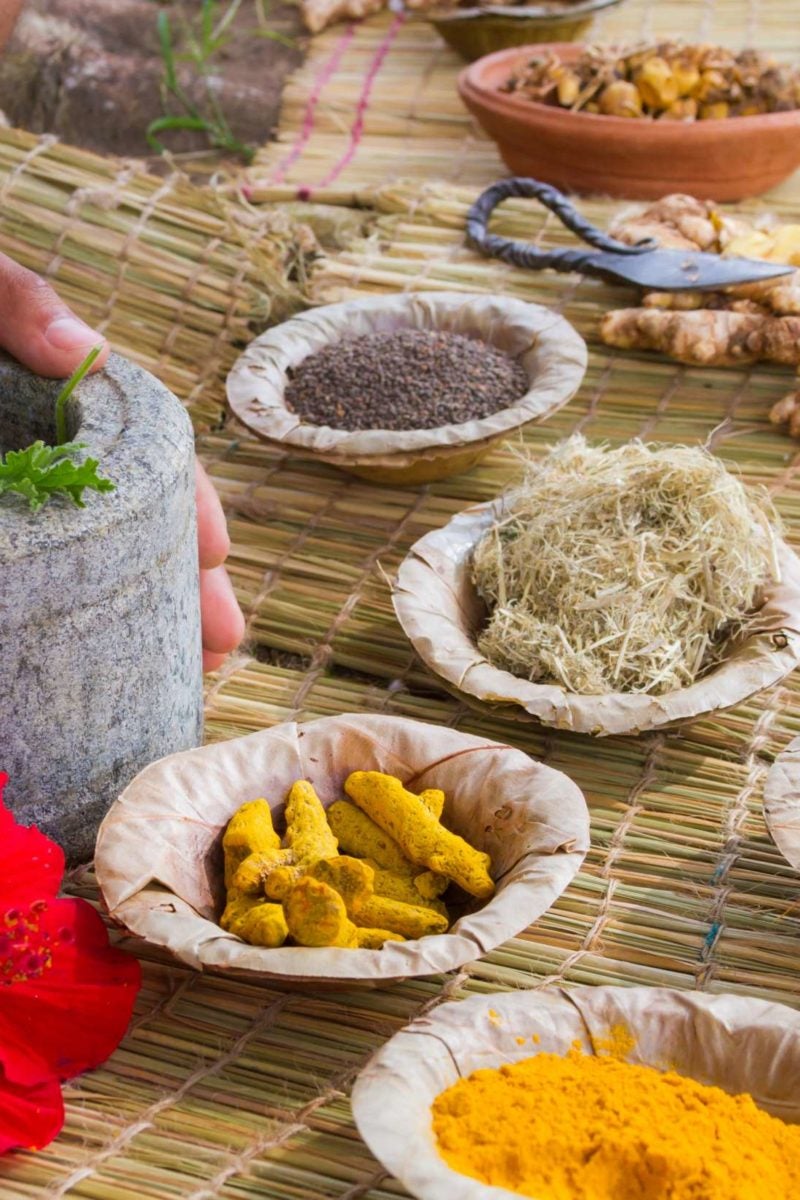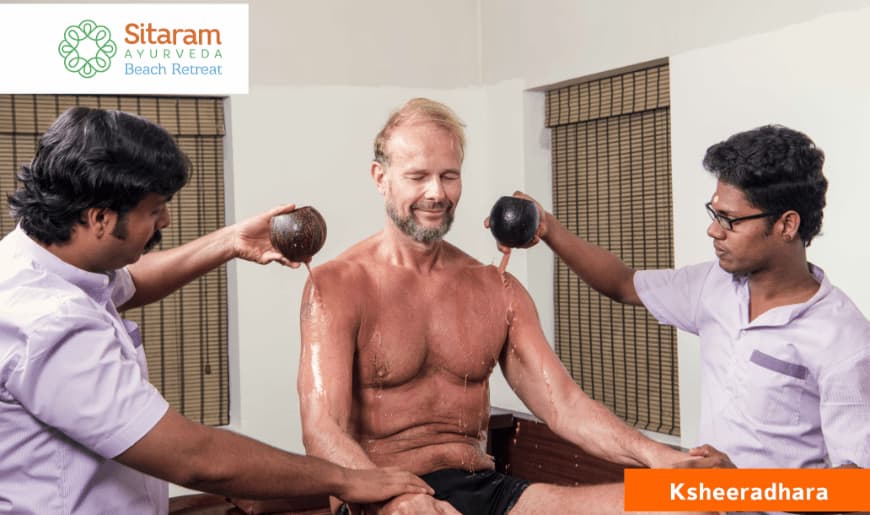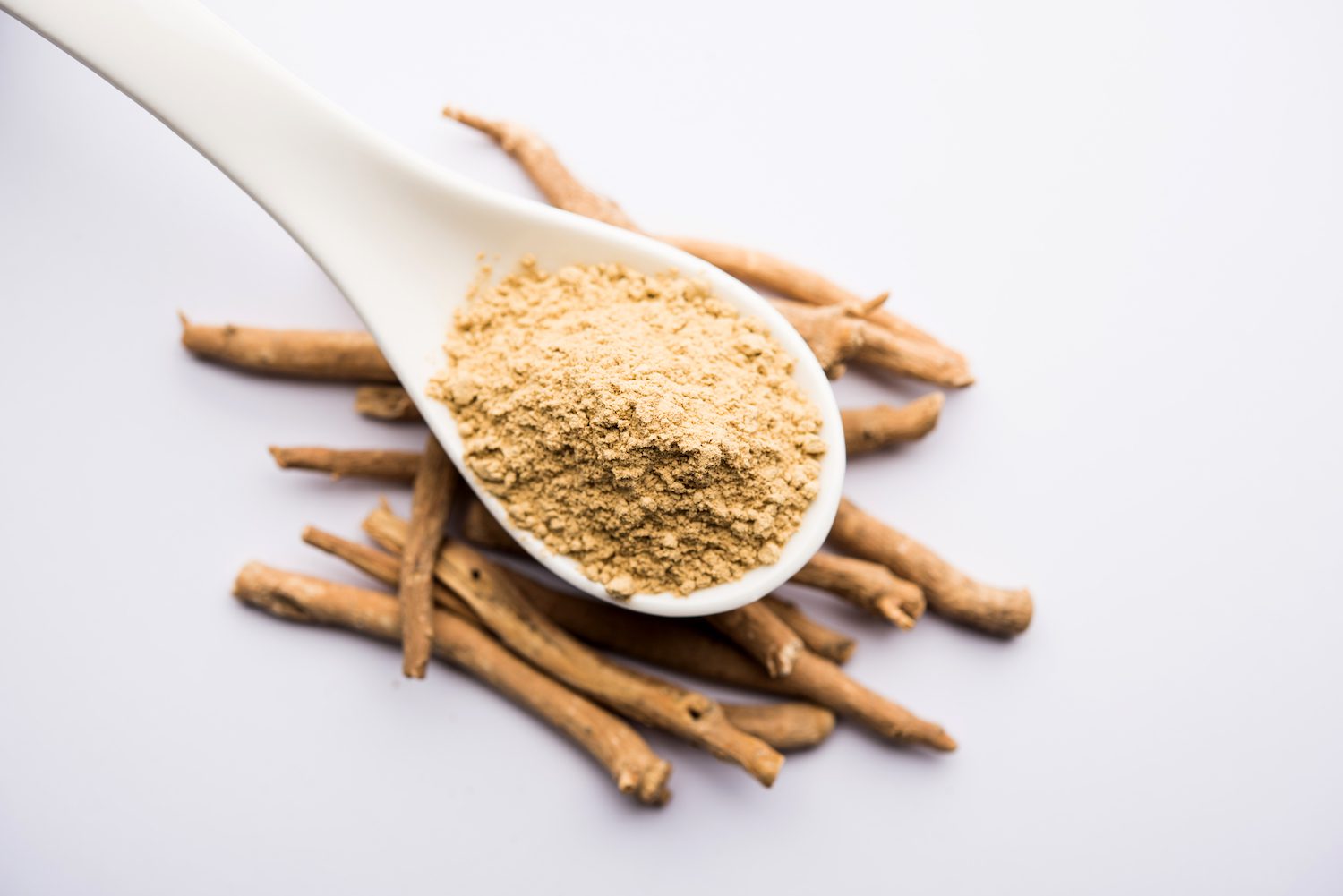
Ayurveda is an ancient medical practice that some people try for psoriasis. It involves specific dietary habits, herbal compounds, and various other supportive practices.
Psoriasis is an inflammatory condition that affects the skin, causing the excessive and rapid growth of skin cells. It can lead to the formation of thick, scaly plaques.
Ayurvedic medicine involves ingredients that other medical disciplines have also used to treat psoriasis, such as aloe vera and turmeric.
While Ayurveda may be able to treat psoriasis in some people, researchers have not done large-scale clinical trials and systematic reviews to assess its safety and effectiveness.
In this article, we look at the benefits of Ayurveda for people with psoriasis. We also examine the research into whether it offers effective treatment.
A person with psoriasis could use Ayurvedic preparations on their skin.
One of the most common topical preparations in Ayurvedic medicine contains turmeric. Manufacturers produce turmeric from a plant root similar to ginger.
Turmeric usually features in cooking. However, people can also mix it into a paste and apply it to the skin.
Meditation and movement
Ayurveda practitioners emphasize a balance of three “elements,” which they define as:
- a person’s universe
- the body’s constitution, or “Prakriti”
- the body’s life forces, or “dosha”
One way a person can keep these in balance is through reducing stress and anxiety.
Meditation and the practice of “Pranayama,” a method of controlled breathing techniques, may benefit a person in reducing their psoriasis.
These mindfulness techniques could benefit an individual’s overall well-being. As stress is a potential trigger for psoriasis flares, reducing stress levels through these relaxation techniques could help prevent a flare.
Dietary changes
Ayurvedic practices typically revolve around a vegetarian diet. Also, foods to avoid include high-carbohydrate ingredients and products that contain large amounts of sugar.
Also, Ayurvedic practices suggest a person should avoid foods that are “in the extreme,” such as tastes that are too salty, too sour, or too acidic.
Ayurveda practitioners recommend that a person “listen” to their body. By responding to urges to urinate or defecate, for example, they clear their body of toxins.
While dietary changes cannot directly treat psoriasis, the Department of Dermatology at the University of California-San Francisco (UCSF) School of Medicine did a survey of dietary habits among people with psoriasis.
The findings suggested that people on specialized diets, such as a vegan, and paleo or high-protein and low-carb diet, saw improvements in symptoms. This conclusion supports Ayurvedic dietary choices as potentially healthful for people with psoriasis.
Topical solutions
As well as turmeric, there are many other Ayurvedic compounds and herbs available, and several could potentially benefit people with psoriasis.
Ayurvedic herbs people have used to treat psoriasis include:
- aloe vera
- black nightshade
- Boswellia, or frankincense
- garlic
- guggul
- jasmine flower paste
- neem
The National Psoriasis Foundation recommend topical aloe vera for soothing itchy skin. They advise people to choose creams that have 0.5% aloe content.
Only anecdotal evidence supports the effectiveness of other treatments. While they may support overall health, no research supports their use as treatments for psoriasis.
However, if they provide relief, and people do not experience side effects after using them, they are safe to try. A person with psoriasis can consider using these treatments as complementary alongside scientifically-supported remedies.
People should ask their doctor’s advice before including Ayurvedic herbs in their regimen.
Baths and moisturizers
Having regular baths helps keep areas of psoriasis lesions clean and soft. Additionally, baths can be soothing and reduce stress, which may offer further benefits in cutting the incidence of psoriasis flares.
Applying natural soothing oils, such as coconut or olive oils, may help to soften the skin and relieve the itching and discomfort of psoriasis.
Share on PinterestMaking lifestyle changes, such as practicing yoga regularly, forms a part of Ayurvedic treatment.
According to an article in the International Journal of Green Pharmacy, practitioners of Ayurveda classify psoriasis as a “kushtha” health condition. This term means it is a chronic condition that is “krucchasadhya,” meaning intractable, and “asadhya,” meaning incurable.
Ayurvedic texts say that psoriasis arises due to an imbalance of two “doshas,” or areas of energy. Practitioners of Ayurvedic medicine call these the “Vata” and “Kapha.”
Vata is responsible for controlling bodily functions and could contribute to the dryness and skin scaling of psoriasis. Kapha is responsible for growth, and so Ayurvedic practitioners explain the itching and rapid skin cell turnover using this dosha.
The imbalance between these two energies causes toxins to build up in a person’s system, leading to inflammation. As a result, Ayurvedic treatments often revolve around not only herbal applications but also diet and lifestyle advice.
There are many Ayurvedic treatments, but studies have been small scale and often anecdotal. However, researchers have assessed the impact of some popular Ayurvedic treatments on psoriatic skin lesions.
Several studies suggest that Ayurvedic treatment can reduce the skin involvement of psoriasis.
A 2015 study published in the Iranian Journal of Pharmaceutical Research reported the effects that turmeric gel had on a group of people with mild to moderate psoriasis.
After 9 weeks, the researchers evaluated the participants for skin redness, the thickness of lesions, and the size of the lesions.
The researchers found those who applied the turmeric gel experienced less redness, thickness, and scaling than those who applied a placebo treatment.
The study’s authors also reported that there were few side effects from the gel’s application.
A different study, in the journal Clinical Dermatology, found that topical applications of the 3-O-Acetyl-11 Keto Beta Boswellic Acid (AKBBA) helped to manage mild-to-moderate chronic plaque psoriasis.
AKBBA is a naturally occurring gum resin from the stem of the Boswellia serrate tree.
People with psoriasis applied the cream three times a day for 12 weeks. After the 12-week period, researchers reviewed photographs to note any changes in psoriasis lesions. The study leaders reported highly significant changes in the lesions and recommended AKBBA as a potential psoriasis therapy.
A 2015 study reported the effects of a starch-fortified turmeric bath (SFTB), a mixture of rice starch and turmeric, in treating psoriasis.
A control group participated in therapies, such as massage, yoga, hydrotherapy, and diet therapy. The experimental group used these therapies as well as the SFTB.
The researchers…
Source







